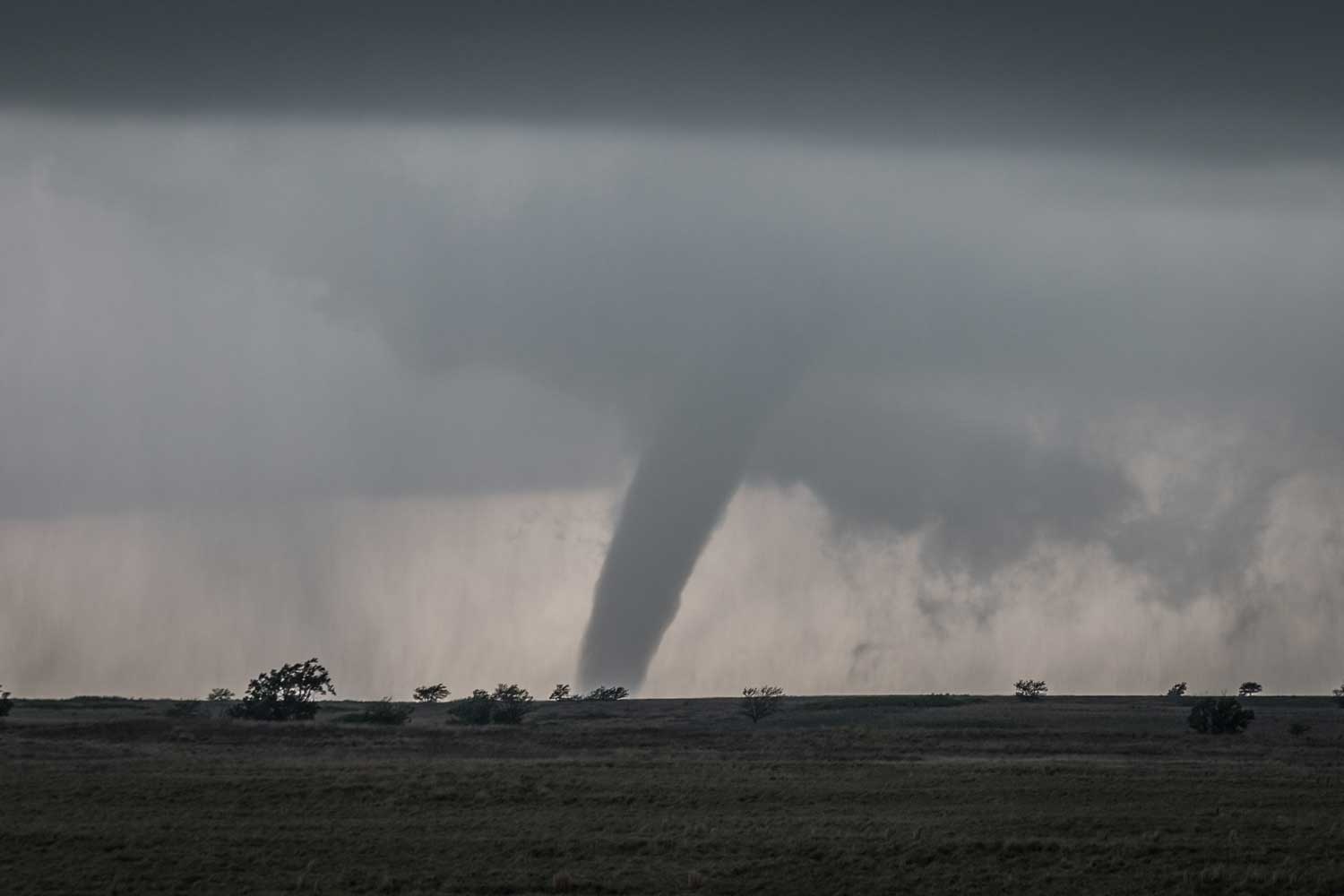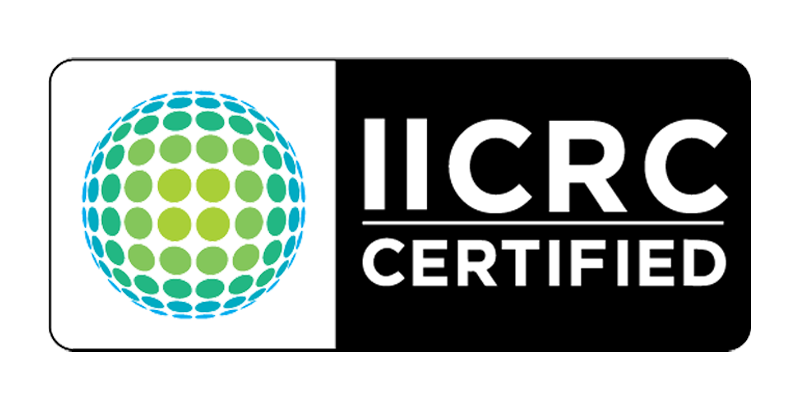Contents
(And How To Recover From High Winds)
Texas is best known for its ranching and rodeos—but it’s also known for its twisters, too. The Lone Star State experiences an average of roughly 120 tornadoes annually. It’s one of the most active tornado hotspots in the country.
The most severe twisters can rip through buildings at speeds of over 200 miles per hour — any property owner’s nightmare. Tornadoes are most common between April and June, but according to a recent report by the Texas Standard, this season started off early. That means Texas property owners will have to weather these storms longer than anticipated, facing real threats of incurring extensive property losses.

As trusted Texas reconstruction contractors, it’s our business to ensure our clients’ homes and businesses are restored to their pre-loss conditions, even after a devastating storm like a tornado. There’s nothing we can do to prevent tornadoes from touching down on a property, but there are ways to mitigate the damage. In this article, we’ll explore best practices for preparing for tornado season, as well as what to expect from storm damage restoration services.
Prepare For Tornado Season
Tornadoes can escalate quickly. What begins as a small funnel can rapidly evolve into a massive stovepipe. Don’t let a twister catch you off guard, no matter how small it may seem!
Here are a few tips to ensure the safety of your property’s residents during tornado season.
- Develop a tornado preparedness plan: Your plan should outline what to do in the event of a tornado warning, including how to quickly and safely take shelter. What exit route will you take to your shelter? What items will you need to grab quickly and bring with you? Be sure to share your plan with everyone who may live or work on the property. You may also want to practice your plan with your family or other residents to ensure that everyone is prepared.
- Create an emergency kit: Creating an emergency kit is an essential component of tornado preparedness. Your kit should include items that will help you survive for several days without electricity, running water, or access to stores. This may include non-perishable food, a flashlight, water, a first aid kit, medications, important documents, and personal hygiene items. Be sure to store your emergency kit in a location that is easily accessible in case you need to respond to a tornado warning.
- Identify a safe location, such as a storm cellar, to find shelter in during a tornado: Know where to go and how you’ll get there. Ideally, you should find a room on the lowest level of your home, away from windows and with no exterior walls. If possible, find refuge in a storm cellar or underground shelter. If you live in an apartment or high-rise building, you should identify a safe location within the building, such as a stairwell or interior hallway. If you live in a mobile home community, find the nearest building or underground shelter available to you. Never stay inside of a mobile home during a tornado.
- Stay informed through weather alerts and emergency communications: Stay up-to-date on the latest weather information by using a weather radio or weather app, watching local news broadcasts, or signing up for weather alerts. If a tornado warning is issued for your area, take immediate action to seek shelter.
Always make sure you have a plan to keep yourself, your family, and other property residents safe during a storm. Once you’ve developed a personal safety plan, you can focus on securing your property.
Protecting Your Property
If you live in a tornado-prone area, proactively securing your property in the event of a twister can help minimize the damage. Be sure to take these steps:
- Secure any outdoor items: Strong winds can easily turn outdoor items into dangerous projectiles. You don’t want a grill or a patio umbrella zooming through the air at 200 miles per hour. Secure any and all outdoor items—including patio furniture, grills, outdoor toys, trash cans, tree branches, and garden tools. Store these items in a secure location, like a garage or storage shed, or tie them down securely to prevent them from flying around.
- Reinforce your windows and doors: Strong tornadoes can easily blow open and break doors and windows. Consider installing impact-resistant windows or storm doors to help prevent wind damage, especially if you have a garage. Garage doors are some of the most vulnerable parts of a home when a tornado touches down. You can also reinforce your windows and doors with plywood or shutters for an extra layer of protection.
- Install roof structures that are resistant to wind: Most roofs are attached to a building with nails. Nails are pretty secure under normal circumstances, but because those nails are installed at an angle, high winds can easily peel a roof right off. Consider installing hurricane clips instead, which form a stronger connection between the roof and the structure.
It’s always in your best interest to take precautions against storm damage. No matter how prepared you are, however, damage can still occur. Let’s discuss what happens if a tornado does inflict damage to your property.
Storm Damage Restoration: How To Recover From High Winds
After a tornado touches your property, calling storm repair contractors like Cavalry is a wise first step. High winds from tornadoes can wreak havoc on homes and businesses, but with the help of the right reconstruction professionals, you can restore your property to its pre-storm state.
Getting our team of professional restoration contractors on the scene will enable you to quickly understand the extent of the damage and ease concerns of further damage occurring.
Here’s what you can expect from storm damage restoration:
- Safety assessment: Before any reconstruction work can begin, we’ll inspect the affected area for safety hazards such as downed power lines, gas leaks, and unstable structures.
- Debris removal: Once the area is safe, we’ll clear away debris like broken glass, fallen trees, and damaged building materials.
- Structural repair: Depending on the extent and scope of the damage, this may involve repairing walls, roofs, and foundations, or completely rebuilding structures that are beyond repair.
- Landscaping and other finishing touches: Once the major repairs are complete, the area will need to be landscaped and finished to restore it to its pre-tornado state.
It’s always in your best interest to take precautions against storm damage. No matter how prepared you are, however, damage can still occur. Let’s discuss what happens if a tornado does inflict damage to your property.
Call Cavalry For Tornado And Storm Damage Restoration Services in Texas
Cavalry has helped communities rebuild after severe weather events, including tornadoes, in the Dallas/Fort Worth, San Antonio, Houston, and Austin areas since 1989. We are experts in mitigating both structural and water damage inflicted by these powerful storms.
Questions about tornado preparedness, storm reparation, or other emergency restoration services? Give us a call at 888-601-3473. Our team is here for you 24/7.





